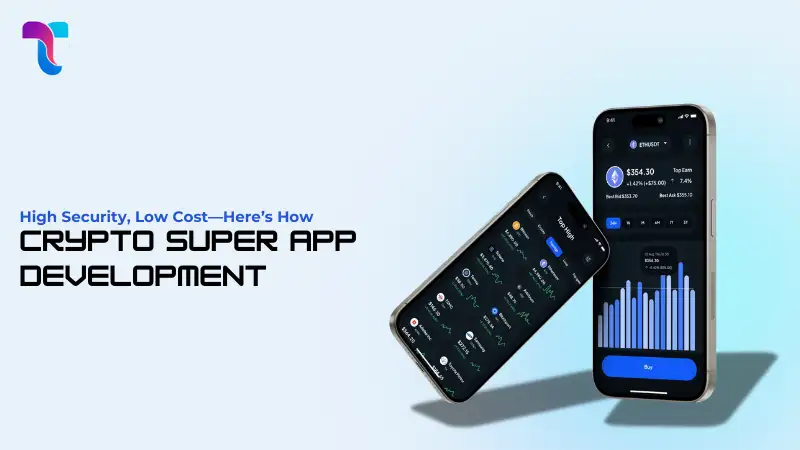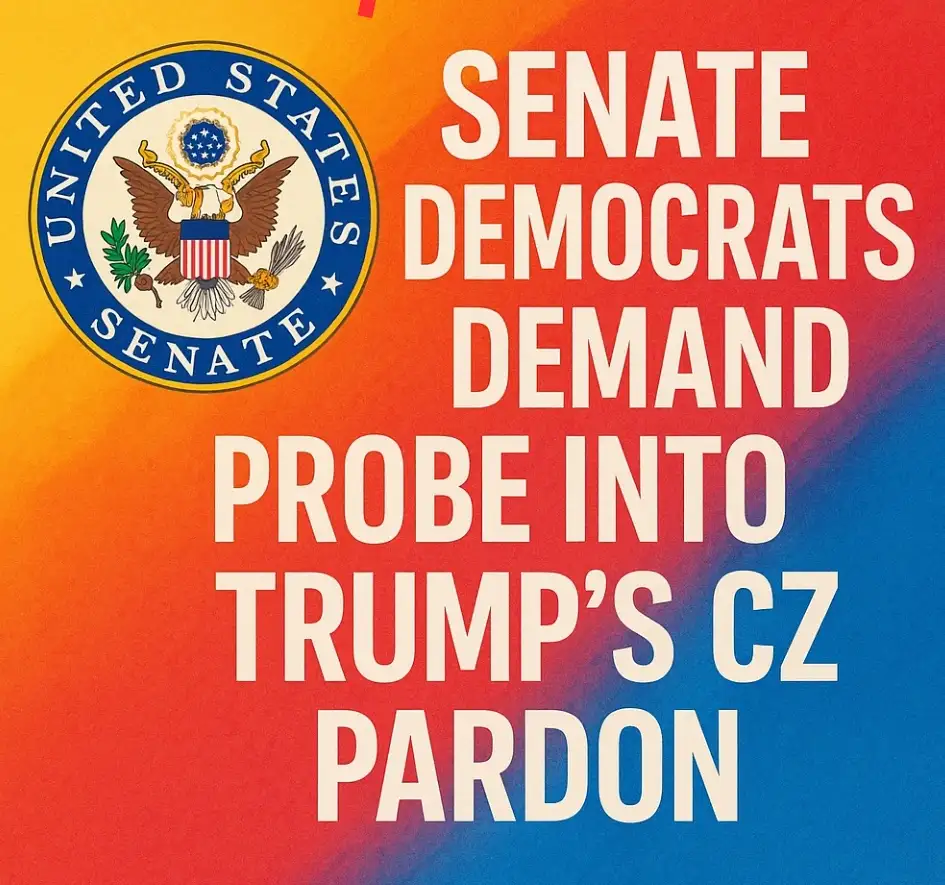
The year 2024 will be remembered as the year when cryptocurrencies finally broke through to the mainstream. Digital assets have transcended their speculative roots and become an integral part of everyday life for millions.
From seamless payments to investment-grade government bonds - revolutionary changes have swept across the entire industry.
Behind these innovations are groundbreaking projects that have transformed Web3, making it accessible to the masses.
To provide a comprehensive analysis, I've developed a rigorous evaluation framework focused on five key criteria:
Each factor is scored on a 4-point scale, providing a holistic assessment of the projects.
While many Web3 projects promise to tokenize everything from real estate to art, Ondo Finance has taken a different approach. They're focused on bringing traditional financial instruments - like government bonds - directly into the hands of crypto users.
Observing the project's development over the past year, I've noticed an interesting trend - people have grown tired of speculative investments and are seeking more reliable options.
Ondo recognized this and has offered access to US government bonds through the blockchain. It may not sound as thrilling as the latest "token with astronomical yields," but it's precisely these types of projects that are bringing cryptocurrencies closer to the real world.
It's intriguing to consider what this could mean for Ukraine. When the world's largest financial market demonstrates a way to legally tokenize government bonds, it sets an important precedent.
Imagine if a similar system were to emerge for Ukrainian government bonds (OVDP) - it could significantly simplify access to government securities for regular users.
Evaluation Methodology:
The $600 million in raised funds within a few months speaks for itself - the market is ready for serious financial instruments in the industry.
And although Ondo is currently only available to accredited investors, the mere fact that government bonds can be purchased through the blockchain is already a significant step forward.
Integrating cryptocurrencies into everyday financial operations has always been one of the industry's biggest challenges.
However, the solution didn't take long to arrive: WhiteBIT, in collaboration with Visa, introduced the WhiteBIT Nova debit card in the European market, combining the functionality of traditional payment cards with the capabilities of cryptocurrency transactions.
The main advantage of this solution is the simplification of daily digital asset usage. Users can make purchases directly from their crypto wallets, and the integration with Apple Pay makes the process extremely convenient.
It's also worth highlighting the generous cashback program (up to 10%). Essentially, every coffee purchase or taxi payment automatically becomes an investment in cryptocurrency. In a world where most people don't know how to start investing in crypto, this looks like a practical solution.
Evaluation Methodology:
In summary, it's projects like these that are another step towards a future where the use of digital assets becomes as commonplace as traditional banking services.
Prediction markets have evolved significantly in 2024 thanks to blockchain technology. Polymarket was one of the first projects to demonstrate how decentralization can transform traditional betting into a transparent collective forecasting tool.
Unlike classic bookmaker platforms, Polymarket uses smart contracts to automate all processes. The platform converts any event - from election results to technology releases - into simple binary predictions.
The prices of these predictions are formed solely by the market, creating a unique "collective barometer" of probabilities.
The scale of the platform is impressive: a trading volume of $42 million per day shows that users trust this format. The case with the US presidential debates was particularly telling, where the volume of bets reached $200 million.
These figures indicate the significant potential of decentralized prediction markets and their ability to compete with traditional platforms.
Evaluation Methodology:
Although regulatory issues remain a challenge, Polymarket shows that when the rules of the game are written in code, not legal documents, user trust grows naturally.
GameFi received a new lease on life in 2024 thanks to the Notcoin project on the TON blockchain. What started as a simple "click the coin" game on Telegram has evolved into one of the largest experiments in mass cryptocurrency adoption.
The main innovation of Notcoin was not in the technology, but in the approach to user engagement. Instead of complex mechanics and entry barriers, there was just a yellow coin on a smartphone screen in the familiar Telegram app.
Simplicity proved to be the key to success - within a few months, users generated over 8 trillion clicks, which translated to 17 trillion Notcoin tokens.
The project became a kind of educational portal into the world of Web3. By playing, users naturally familiarized themselves with the core concepts of crypto-economics: tokens, trading, and blockchain.
Notcoin demonstrated that for mass cryptocurrency adoption, complex technological solutions are not always necessary - sometimes, just making the first step as accessible as possible is enough.
Evaluation Methodology:
Notcoin has changed our perception of what the first experience with cryptocurrencies should look like. Sometimes, complex technologies or revolutionary solutions are not necessary - it's enough to just make something so simple that everyone can try it.
And while critics may call it "primitive," it's precisely these kinds of projects that bring us closer to a future where cryptocurrencies become a part of everyday life.
|
Criterion |
Ondo Finance |
WhiteBIT Nova |
Polymarket |
Notcoin |
|
Innovative Potential |
4 |
3 |
2 |
1 |
|
Practical Application |
3 |
4 |
2 |
1 |
|
Impact on Mass Adoption |
1 |
3 |
2 |
4 |
|
Technical Complexity |
4 |
3 |
2 |
1 |
|
Scalability Potential |
4 |
2 |
3 |
1 |
|
Summ |
16 |
15 |
11 |
8 |
The Leaders of 2024: Crypto Projects Transforming the Digital Finance Landscape
After our comprehensive analysis, two clear leaders have emerged:
While Polymarket (11 points) and Notcoin (8 points) scored slightly lower, each project, in its own way, brings cryptocurrencies closer to the mass user: the former through a familiar forecasting format, the latter through an exceptionally simple entry into the Web3 world.
It's important to note that all of these projects demonstrate different paths to a common goal - making Web3 technologies a part of everyday life.
Some opt for the route through traditional financial instruments, others through gaming mechanics, but together they are creating an ecosystem where cryptocurrencies become not just an investment tool, but a common way of interacting with the world of digital finance.
On-Chain Media articles are for educational purposes only. We strive to provide accurate and timely information. This information should not be construed as financial advice or an endorsement of any particular cryptocurrency, project, or service. The cryptocurrency market is highly volatile and unpredictable.Before making any investment decisions, you are strongly encouraged to conduct your own independent research and due diligence
Tags :

0 Comments
Show More

Learn how to develop a crypto super app with top-notch security at minimal cost. Build a secure, feature-rich, and user-friendly crypto platform today.

U.S. Senate Democrats have urged a federal probe into Donald Trump’s pardon of Changpeng Zhao, citing financial ties to Trump’s crypto firm World Liberty Financial and potential risks of enabling white-collar crime in the crypto space.

VDS 2025 – The Future of Tech Revealed in Valencia. Europe’s top tech event just ended in Valencia!
On-Chain Media is an independent, reader-funded crypto media platform. Kindly consider supporting us with a donation.
bc1qp0a8vw82cs508agere759ant6xqhcfgcjpyghk
0x18d7C63AAD2679CFb0cfE1d104B7f6Ed00A3A050
CBaXXVX7bdAouqg3PciE4HjUXAhsrnFBHQ2dLcNz5hrM
Contains the last 12 releases